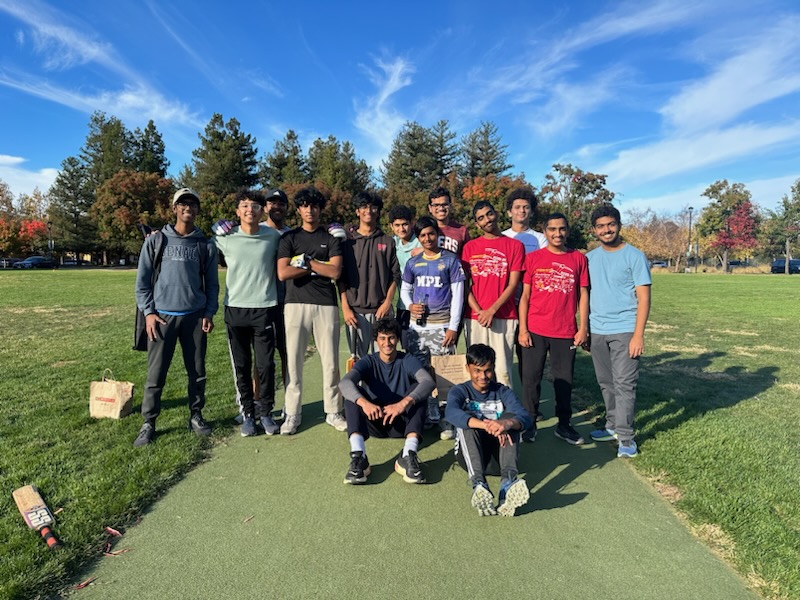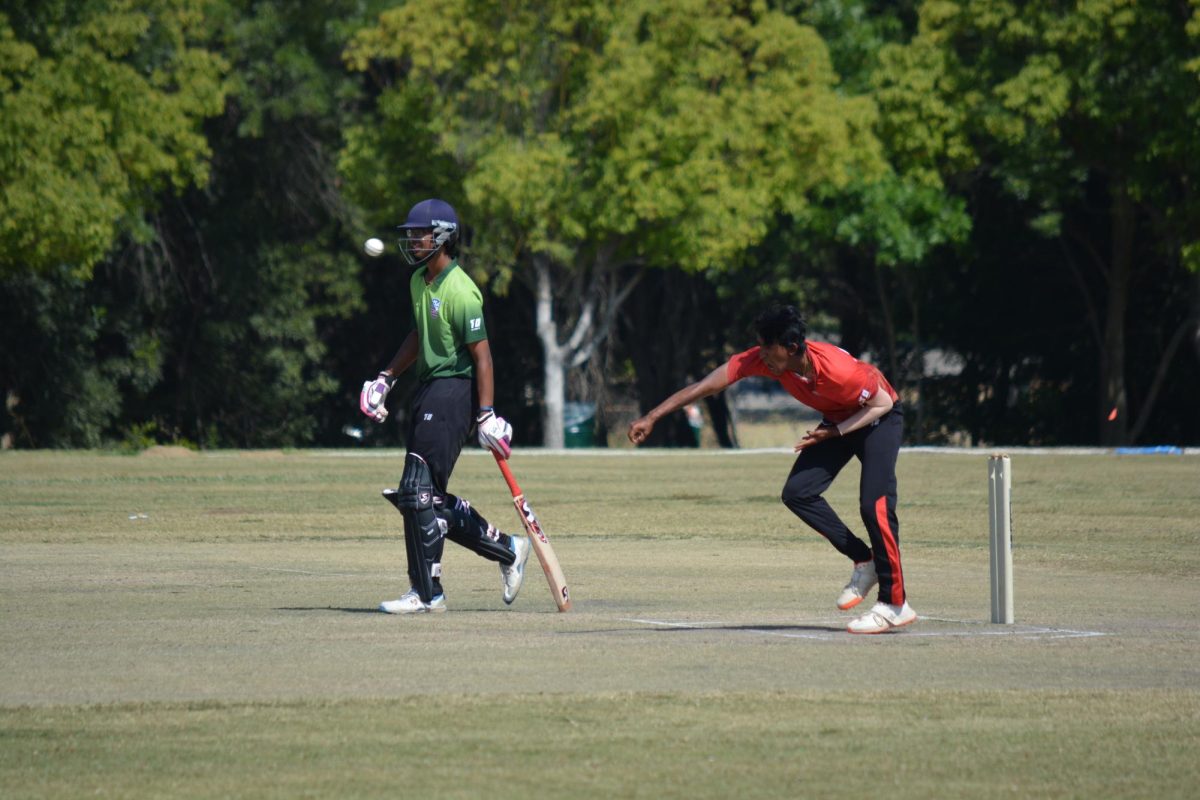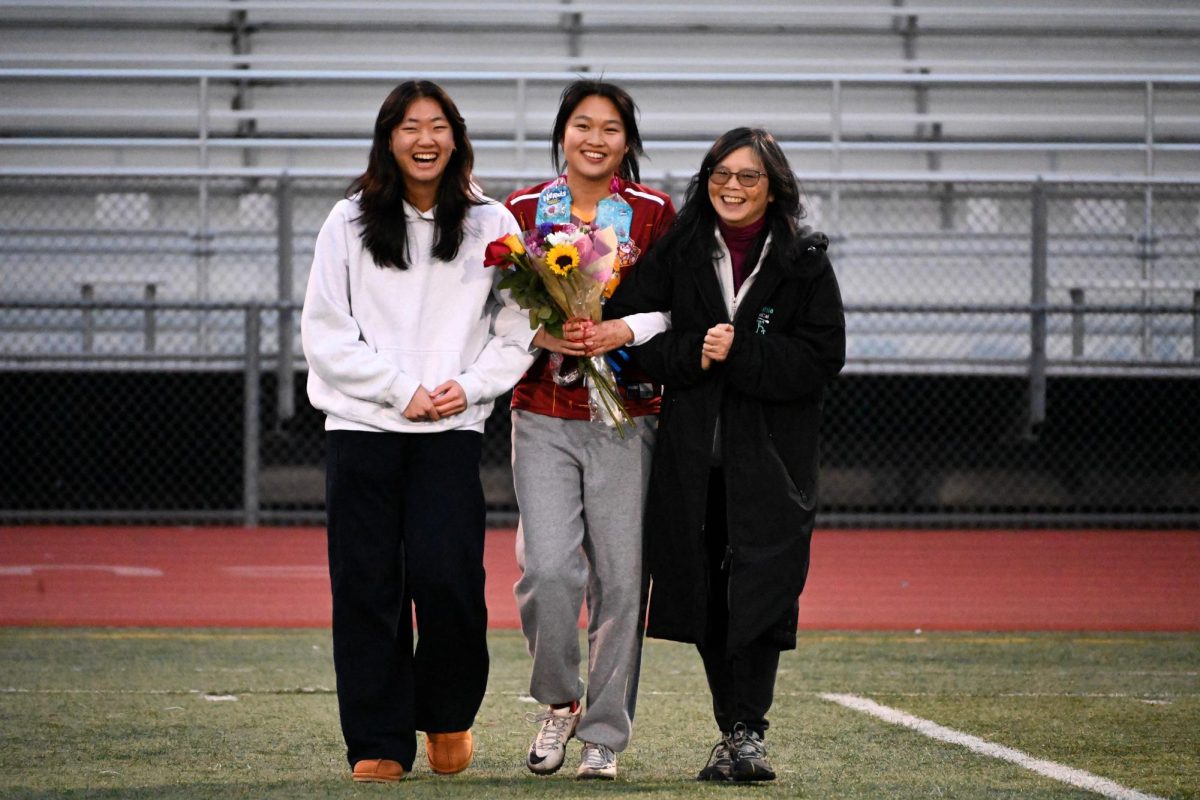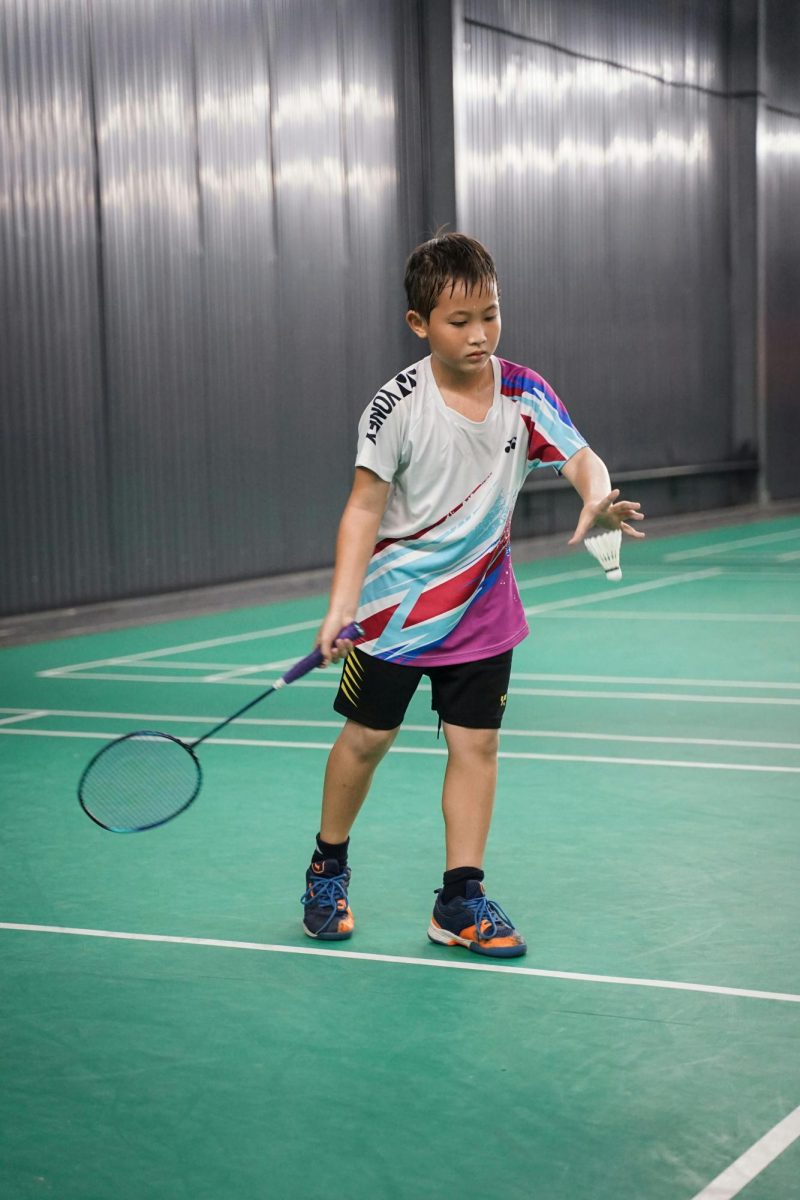Over the last two months, cricket fans worldwide stayed up all hours of the day watching matches of the International Cricket Council Men’s Cricket World Cup, up until the shocking final on Nov. 19, when Australia won the title against India.
This year’s tournament marked the thirteenth iteration of the Cricket World Cup, and Australia’s victory awarded them their sixth title — the most any country has seen since the tournament’s start in 1975. As both the hosts of the tournament and the runner-up, the Indian men’s team went undefeated in all their matches, leading in the tournament up until the final. There, they faced Australia in a surprisingly devastating loss and placed second in the CWC.
Despite cricket not being a sport commonly associated as “American,” the vast number of immigrant families have made the sport widely popular in the Bay Area — especially the dense South Asian population residing in the Bay. In South Asia and other Commonwealth countries, cricket is a nationally recognized sport, and some even consider it a religion. Many Cupertino High students from South Asian backgrounds have not only a personal interest in the sport but a cultural tie that makes their connection to the sport immeasurably strong and important.
While sophomore Avika Negi does not play cricket, she is an eager fan who follows the games regularly. “I watched the semifinals with my community […] It’s kind of a bonding opportunity because a lot of times me and my friends watch it together,” Negi said.
Seniors Devansh Patil, Arnav Dhariya, Shreesh Prakash and Amitabh Gulati shared similar sentiments about their passion for the sport. As both avid players of the sport and founding members of the Cricket Club at Tino, the CWC games held strong emotional significance to them.
Said Patil, “Regularly, I would just watch with my dad. […] We don’t end up talking that much about things, but cricket allows us to connect a bit more, and talk about something more than college.”
“There’s a connection with my culture — my grandfather and my parents played cricket when they were young,” said Dhariya. “So that allows me to connect with them as well. They’re all passionate about cricket.”
Prakash added about how much of an exciting experience watching the knockout rounds was.
“This year, India almost dominated every single game that they played and it was just really fun to see everyone playing well. And the whole tournament itself — there were so many great performances by a lot of teams that it was just fun,” Prakash said.
For Prakash especially, cricket has been a major part of his life since he began playing competitively at the age of eight within the Northern California Cricket Association. His experience with the sport and NCCA has taught him teamwork and perseverance, skills that have stuck with him in all aspects of his life.
“Cricket sort of teaches you the rollercoaster of emotions that life puts you through,” said Prakash. “The highs of the game are so high that you don’t feel anything better and the lows are so low that there’s nothing worse. So, being able to balance emotions and not be able to go too high or too low is super important for me.”
Despite the struggle of balancing schoolwork and dealing with difficult matches, Prakash has continued to play cricket. His dedication to the sport gave him a safe space of comfort.
“It’s always been something I can fall back on if I’m sad about something or I have too many things on my mind. I can always go and play. That always just gets me out of that headspace,” Prakash said.
For Patil, playing the game has helped shape his identity significantly.
“Cricket has been the only supportive thing for me since childhood. […] I value cricket as one of my guides or one of my teachers in the world. Because [playing cricket] was something I actually did for myself. I didn’t do it for colleges. I didn’t do it for my parents. I just did it for myself,” said Patil.
By helping create a cricket club for Tino last year, students like Dhariya, Patil and Gulati have been able to form a community on campus for all students interested in cricket, regardless of their background or experience.
“Regardless of whether you’re physically fit or whether you’re strong, you can play cricket. It obviously provides inclusivity to those who want to play a sport, and that’s the main point that draws individuals towards cricket,” Dhariya said.
Soon after Tino’s Cricket Club was founded, other high schools like Monta Vista and Wilcox launched their own cricket clubs that Tino has competed with in friendly interschool matches.
By promoting the growth of cricket locally, Tino students hope to take the game further in schools and communities nationwide. In recent years, cricket has started to gain more traction in the United States — the sport’s recognition in the 2028 Olympics, the Men’s Twenty20 2024 World Cup taking place in states like New York and Texas and the launch of the Major League Cricket in America are all more opportunities for cricket to be incorporated into American culture as well.
Said Gulati, “We have all sorts of sports —- we have football, baseball — but we don’t have cricket. Considering how many people here play it, it is kind of like a void that we should try to fill. […] Ultimately, one day, we want to try to make it grow. And this is just one step towards cricket being bigger in the future.”
Still, the students believe more internal growth is necessary to make the cricket community on campus more appealing to a diverse group of students, rather than a solely South-Asian-focused community.
“We always want the club to grow and reach a sort of new audience. Because I feel at this point, the audience is kind of set to one specific group. The whole point of the club was to sort of get the community to really understand what the sport is,” Prakash said.
Added Patil, “People can take more part in cricket because you don’t need to be of a certain race to do that. I feel that […] the joy of cricket can reach every individual on the campus.”












